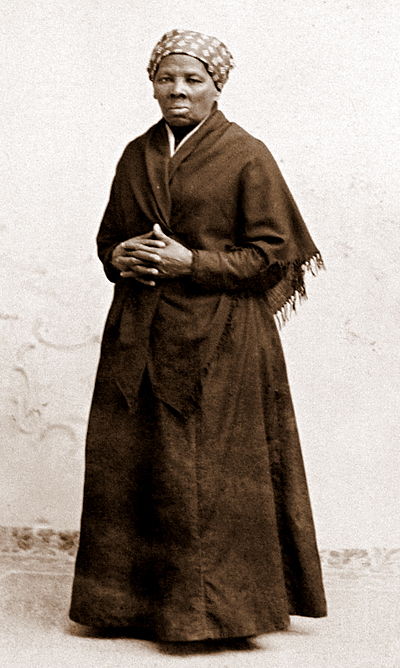Where was the first US railroad disaster?
 May 6, 1853 — A train traveling at 50 mph plunged through an open drawbridge into the Norwalk Harbor in Norwalk, Conn. today.
May 6, 1853 — A train traveling at 50 mph plunged through an open drawbridge into the Norwalk Harbor in Norwalk, Conn. today.
The accident, in which 48 of the 200 passengers died, occurred on the New York and New Haven Route where the train crossed a small inlet of Long Island Sound over a drawbridge.
The train’s approach to the inlet from New York is around a sharp curve, obscuring the drawbridge, and on May 6, the substitute driver of the train neglected to check the signal before the curve — a red ball mounted on a tall pole indicating that the bridge is passable by trains. Among those killed in the resulting accident were seven doctors returning from the sixth meeting of the American Medical Association in New York.
Sources
Words of Wisdom
I was the conductor of the Underground Railroad for eight years, and I can say what most conductors can't say; I never ran my train off the track and I never lost a passenger.





